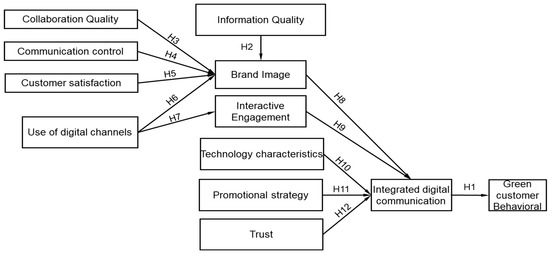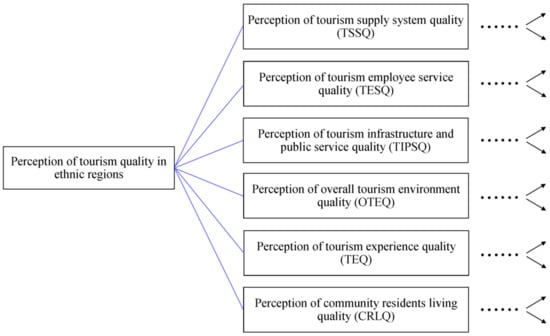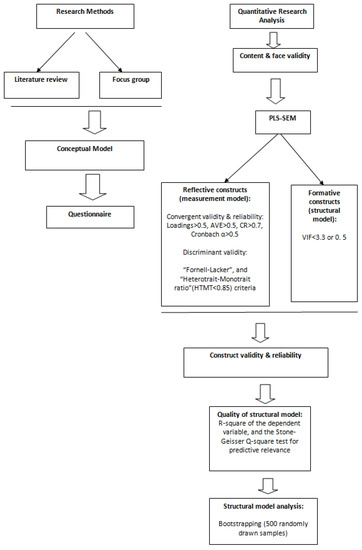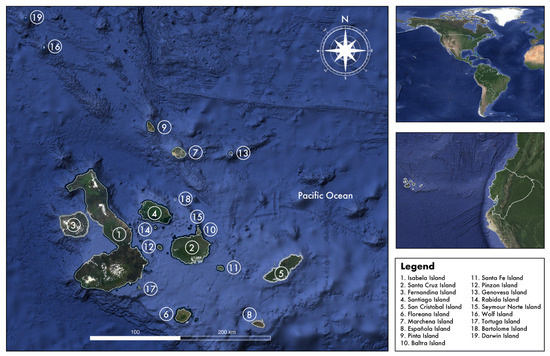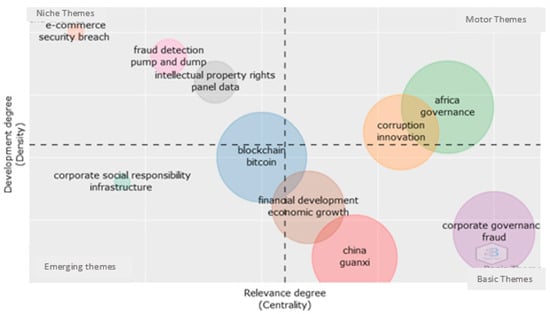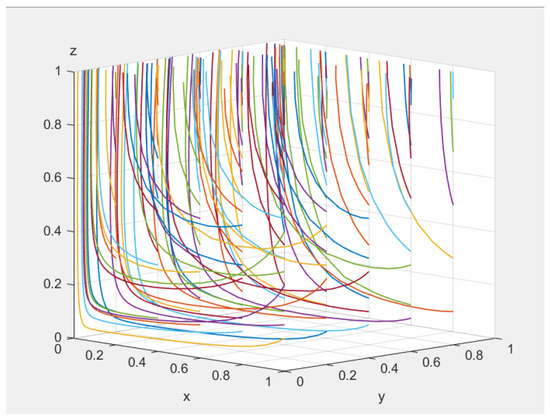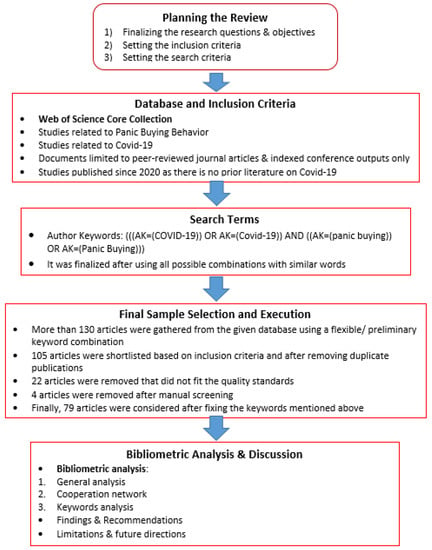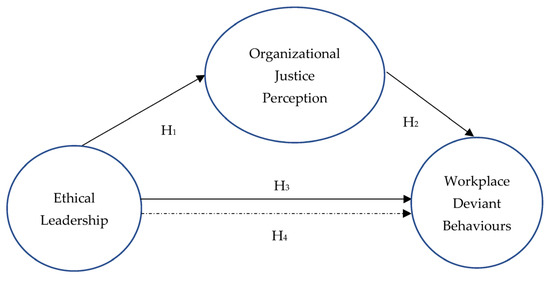Sustainability 2023, 15(2), 1423; https://doi.org/10.3390/su15021423 - 11 Jan 2023
Cited by 1 | Viewed by 2120
Abstract
Like those in other advanced economies, local American governments attempt to attract and retain skilled workers in their areas. This study aims to examine the determinants and spatial patterns of relocation among new graduates with a bachelor’s degree or higher across the U.S.
[...] Read more.
Like those in other advanced economies, local American governments attempt to attract and retain skilled workers in their areas. This study aims to examine the determinants and spatial patterns of relocation among new graduates with a bachelor’s degree or higher across the U.S. Census Regions, in 2013–2015, using a nationally representative sample collected by the National Science Foundation. While the Northeast and Midwest had negative net migration, the South and West had positive net migration. Compared to the South, skilled workers in all the other regions were more mobile. In general, job satisfaction determined at multiple levels influences the relocation of the highly educated in multiple ways. We found skilled workers satisfied with their job location, security, promotion opportunities, and contributions to society were less likely to relocate. Workers satisfied with their intellectual challenge and independence were more likely to relocate. Race was also an important predictor among the highly educated in deciding whether and where to relocate. Policies considering geographic perspectives are recommended to improve talent attraction and retention. Therefore, our study provides public policymakers with a need to think about how to increase pull factors attracting workers, reduce the push factors making workers relocate, and maintain factors keeping workers in their regions.
Full article
(This article belongs to the Section Economic and Business Aspects of Sustainability)
►
Show Figures

